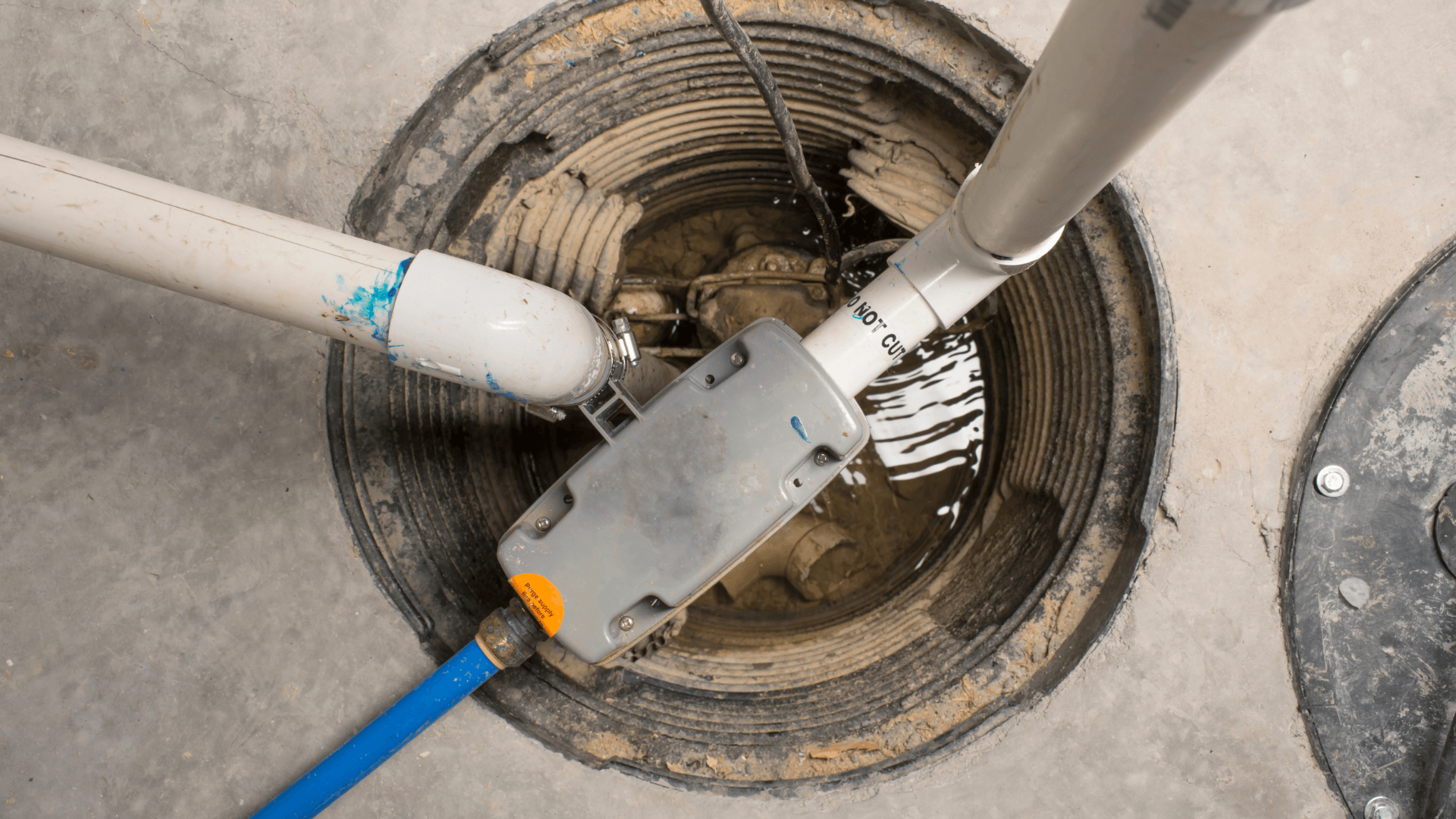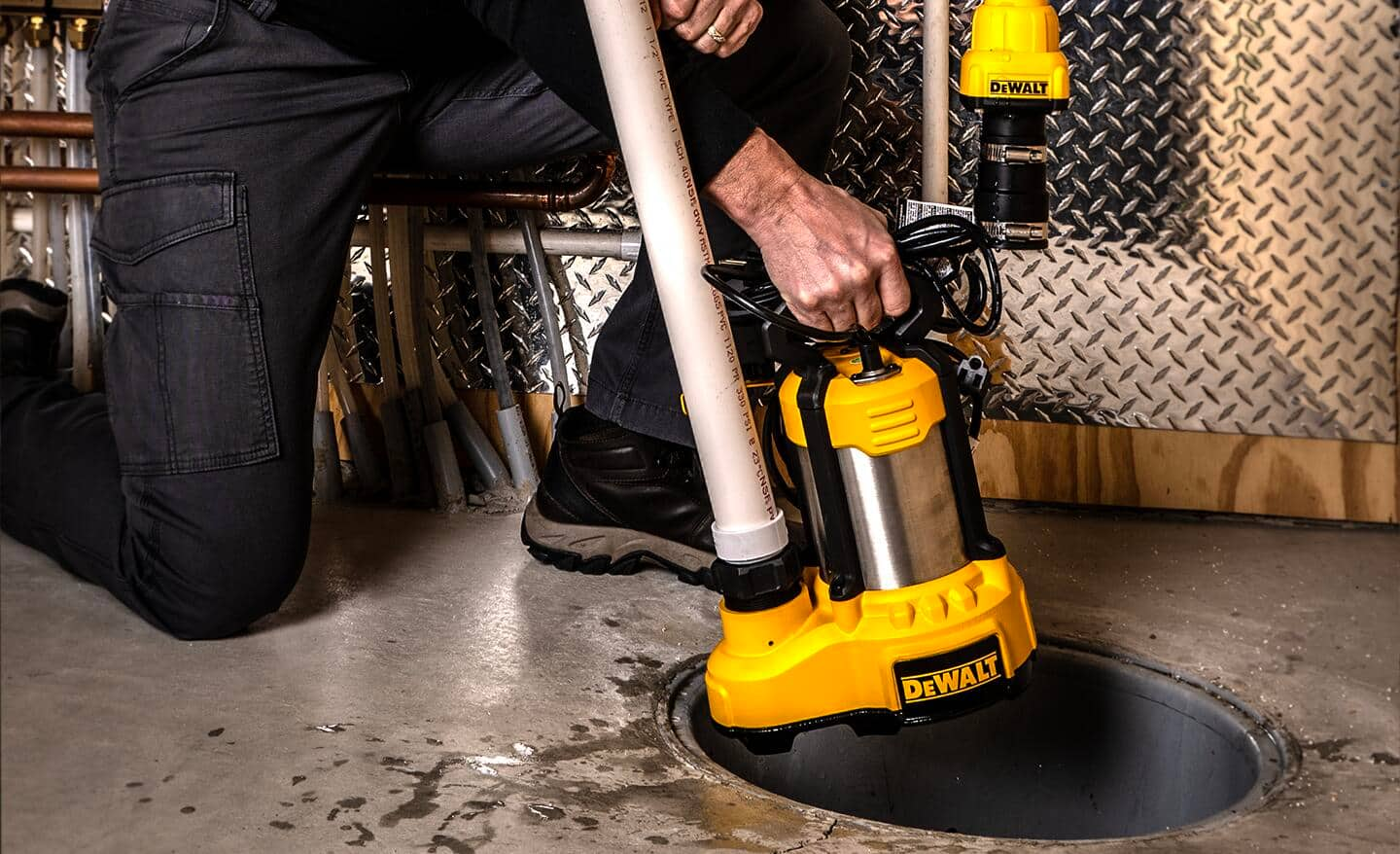Rapid Solutions for Servicing a Sump Pump
Rapid Solutions for Servicing a Sump Pump
Blog Article
The article author is making several good pointers regarding How to Care for Your Sump Pump as a whole in the article below.

Sump pumps are crucial parts in many homes, particularly in locations susceptible to flooding or extreme dampness. They help stop water damage by successfully removing excess water from cellars or crawl spaces. Nonetheless, like any other appliance, sump pumps require normal upkeep to guarantee they work properly when required the most. Cleaning your sump pump is a vital part of its upkeep, and comprehending exactly how to do it effectively can conserve you from expensive fixings and possible catastrophes.
Introduction
Maintaining a tidy sump pump is crucial for its appropriate functioning and longevity. Disregarding this vital job can lead to clogs, breakdowns, and inevitably, water damages to your residential or commercial property. Consequently, learning exactly how to clean a sump pump is vital for homeowners who count on these tools to keep their basements completely dry and protected.
Understanding the Sump Pump
Before diving right into the cleaning procedure, it's essential to have a fundamental understanding of how a sump pump works. Normally set up in a pit or basin listed below the cellar floor, a sump pump consists of numerous crucial components, consisting of a pump, a float switch, and a discharge pipe. When water gathers in the pit, the float switch activates the pump, which after that pumps the water out through the discharge pipeline, away from the building's structure.
Indicators of a Dirty Sump Pump
Understanding when your sump pump requires cleansing is essential for avoiding potential breakdowns. Some typical indications that show an unclean sump pump include odd sounds during procedure, minimized water flow, and visible particles in the pit. If you see any of these signs, it's vital to cleanse your sump pump promptly to stay clear of any kind of additional concerns.
Getting ready for Cleaning
Prior to you start cleansing your sump pump, it's vital to take some security preventative measures. Start by shutting off the power to the pump to prevent any electric accidents. Additionally, use appropriate protective equipment, such as handwear covers and goggles, to protect yourself from dust, particles, and potential virus.
Detailed Overview to Cleaning Up a Sump Pump
Shutting Off the Power
Begin by detaching the power supply to the sump pump to stop any kind of mishaps while cleansing.
Eliminating Particles and Dust
Utilize a pail or a scoop to eliminate any type of visible debris, dirt, or sediment from the sump pit. Dispose of the particles properly to avoid it from blocking the pump or the discharge pipeline.
Cleansing the Pump and Drift Switch Over
Once the pit is clear of debris, carefully eliminate the pump from the pit. Evaluate the pump and the float button for any indicators of damage or wear. Make use of a soft brush or towel to clean the surface areas and remove any accumulated crud.
Purging the System
After cleaning the pump and float button, flush the sump pit with tidy water to remove any kind of staying dust or debris. This will certainly aid make sure that the pump runs efficiently and successfully.
Checking for Proper Functioning
Before re-installing the pump, do a quick test to guarantee that the float button activates the pump appropriately. Put some water right into the sump pit and observe the pump's operation. If everything is working appropriately, you can rebuild the pump and reconnect the power supply.
Upkeep Tips to Maintain Your Sump Pump Clean
Along with routine cleaning, there are numerous maintenance tips you can comply with to keep your sump pump in ideal condition:
Conclusion
Cleaning your sump pump is a vital element of its upkeep and makes certain that it runs effectively when you require it one of the most. By complying with the actions outlined in this guide and incorporating routine maintenance into your regimen, you can prolong the life expectancy of your sump pump and secure your home from water damage.
6 STEPS ON HOW TO CLEAN A SUMP PUMP PROPERLY
UNDERSTANDING SUMP PUMPS
Your sump pump plays a crucial role in protecting your home by managing and removing excess water. It primarily functions as a “shield”, guarding your basement against the damaging effects of water accumulation. The pump is housed in a sump pit in the lowest part of your basement, and its job is to pump out any water that collects there.
During heavy rainfalls or when snow melts rapidly, water can infiltrate your basement, posing potential risks like flooding, structural damage, and harmful mold growth. Here, the sump pump springs into action, pumping out the intruding water and directing it away from your home.
SAFETY FIRST
Before cleaning, remember to prioritize safety. Disconnect the sump pump from the power source to prevent any accidental electric shocks. Also, wear sturdy gloves to protect your hands from any sharp or dirty components within the pump.
REMOVE THE SUMP PUMP
After ensuring your safety, the next step is to remove the sump pump from its pit. Doing this might require careful maneuvering as you don’t want to damage any pump components. Once removed, clean the sump pit to remove any accumulated debris or sludge.
INSPECT THE PUMP
Inspect the pump for any visible signs of wear or damage. Check the power cord, float switch, and impeller housing. If any components look worn out or damaged, consider replacing them to ensure optimal performance.
CLEAN THE PUMP
Thoroughly clean the pump with warm, soapy water. Make sure to rid it of any dirt, gravel, or other debris that might impede its performance. You can use a toothbrush to clean the small, hard-to-reach parts of the pump.
REINSTALL THE SUMP PUMP
Reinstall the pump into the sump pit Make sure it’s positioned correctly to remove the water effectively Once it’s back in place, reconnect it to the power source TEST THE PUMP
Finally, pour some water into the pit to ensure the pump works correctly. It should start automatically and begin pumping out the water; if it doesn’t, check the power source and the positioning of the pump.
Remember, while cleaning your sump pump is an essential part of home maintenance, hiring a professional plumber for a thorough inspection and cleaning at least once a year is also important. This will ensure that your pump is in optimal condition, ready to protect your home from potential water damage.
BEST PRACTICES FOR CLEANING SUMP PUMP DISCHARGE PIPES
Regular Inspection: Regularly inspect your discharge pipes, especially during heavy rainfall or snowmelt periods. Look for any signs of blockage or damage. Early detection of problems can prevent serious issues down the line. Periodic Cleaning: Over time, sediment and debris can accumulate in the discharge pipes, impeding the flow of water. Regular cleaning helps keep the pipes clear and functioning efficiently. You can use a high-pressure water jet to effectively clean the pipes. Insulation During Winter: In colder climates, discharge pipes can freeze, blocking the outflow of water. Protect your discharge pipes from freezing temperatures by insulating them with foam pipe insulation. This will ensure the sump pump can continue to discharge water even in freezing conditions. Proper Positioning: The discharge pipe should be positioned to direct water away from your home’s foundation. Improper positioning can lead to water seeping back into the basement. Ensure the pipe is long enough and angled correctly. Installation of a Check Valve: A check valve prevents water from flowing back into your sump pit after the pump has pushed it out. Installing a check valve helps maintain the efficiency of your sump pump and reduces the risk of flooding. Minimize Pipe Turns: Every curve or turn in the discharge pipe can decrease the efficiency of water flow. By minimizing turns and bends in your discharge pipe, you can increase the efficiency of your sump pump. https://www.fullspeedplumbing.com/how-to-clean-a-sump-pump-properly9999/

I found that content on Keep Your Sump Pump Clean, It'll Keep You Dry while surfing the search engines. Do you know somebody else who is occupied with the subject? Do not hesitate to promote it. We cherish your readership.
Schedule Estimate Report this page